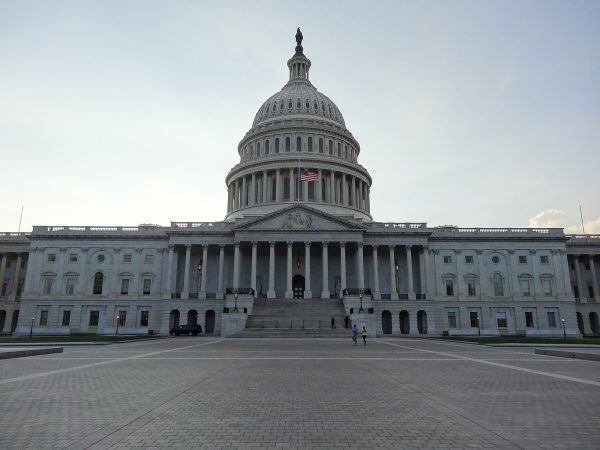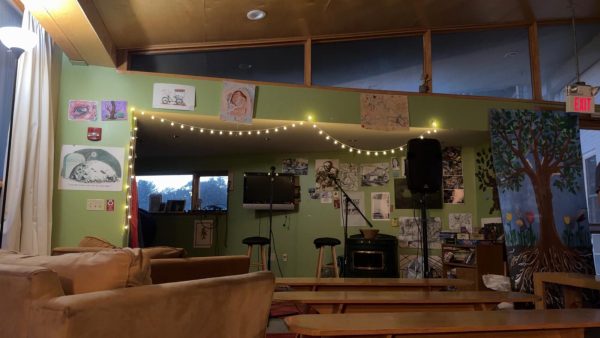Students Question Perpetual Lights
As Dickinson College continues its mission to be carbon neutral by 2020, students have questioned why certain campus buildings remain illuminated when either closed for the night, or offline entirely.
Associate Vice President for Sustainability & Facilities Planning Ken Shultes offered reasons for the closed buildings that may be seen as left with the lights on after hours. He said that “in the Quads that are not being used this year, the only lights that should be on are ‘navigation’ lights, which are a code requirement, even for an empty building. That means that a few lights in the hallways and stairwells remain on so that people who may be in the building for maintenance or other potential reasons have a safe egress out of the building… Also, any exterior lights on the buildings need to remain on for safety and security.”
By keeping the lights in these buildings on when they are not in use, “the environmental impact is that we are generating more carbon emissions and increasing our carbon footprint,” according to Shultes. However, he explained that the number of lights left on is very limited; lights in an unoccupied campus building are only intentionally left on when they are those associated with necessary safety or building code requirements.
Students still noticed the peculiarity of having the lights on in closed buildings on campus. Sari Brown ’21 observed that when she has cheer practice in the back of the Kline, “those lights are always on even when we leave well after hours,” she said and continued that she does not know if the lights are, “turned off when the person at the desk leaves, but there are so many lights that could be turned off and no one’s in there.” Valerie Kuppek ’21, an eco-reps coordinator intern for the Center for Sustainability Education (CSE) explained that there is a convenience for lights to be permanently on in frequently used location, but that a “motion-sensing or alternative system could be used for specific times of day (such as late at night when these areas are known to be less crowded) and would be more energy-efficient for the college,” she said.
To explain the number of lights that someone may perceive are on in unoccupied buildings, Shultes proposed that “in some buildings with a lot of exterior glass, like the [Kline], the Library or the Quad stairwells, the navigation lights in the building can give the appearance that many lights are on in the building, even when they are not.” However, he assured that the [Kline’s] sophisticated lighting system is currently being reviewed to ensure that the lights are only on when they are needed.
Director of Athletics Joel Quattrone confirmed that the Kline Center has been in conversations about sustainability before and “is all for whatever needs to be done when we are not operating,” he said. Quattrone also clarified that the lights stay on overnight because “we have custodians in cleaning… so the lights have to be on… we’re happy to do our part to reduce the energy consumption. Right now, it seems that the way the lights are set up in there, you turn one on and everything’s on,” he said.
Shultes noted that many of the lights in use on campus use light emitting diode (LED) bulbs. “Over 95% of the lights on campus are LED, which are the most efficient and long-lasting bulbs available,” Shultes said and added that different buildings have motion sensors attatched to the lights so that they “go off when rooms/spaces are unoccupied.” He explained that the use of LED bulbs in campus buildings is part of projects to reduce Dickinson’s energy consumption in relation to lighting.
To reduce the overall use of electricity, Shultes encouraged the entire campus community to turn lights off when spaces are not occupied, to only use LED bulbs in any personal lamps and to dim lights to the level needed.




